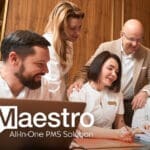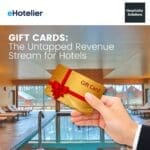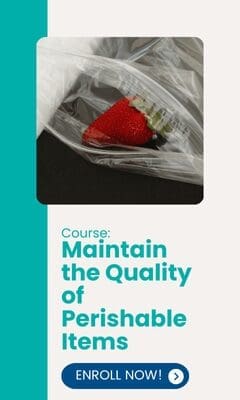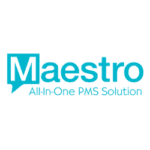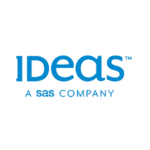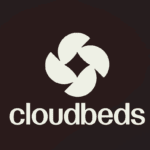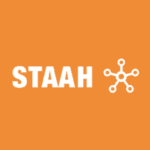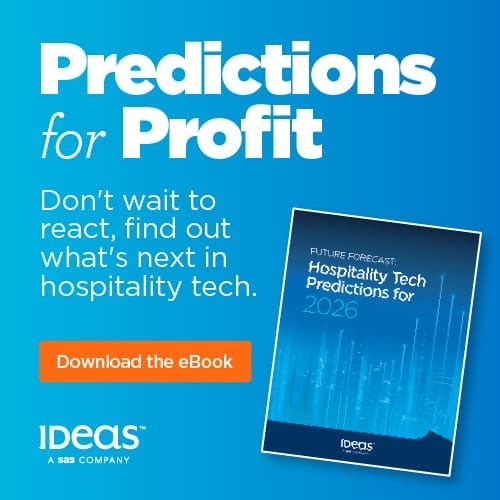 Navigate your hotel sales and master lead management with these seven steps:
Navigate your hotel sales and master lead management with these seven steps:
Step 1: Acquire leads intelligently
With careful planning, you can infuse your lead acquisition with strategic hooks about your hotel that propel conversion. These hooks help you better understand each lead, which in turn help you craft targeted content that resonates. Think about what’s important to those in your database, what are they looking for that only your hotel can provide?
Generate:
Even if you’re in the weeds with your leads right now, this may not be the case in the future. That’s why consistent lead generation is critical to sustaining healthy group business. As you hone in on your conversion – ready segments, focus your lead generation accordingly.
Educate:
Once you capture a lead, it’s time to educate. Develop content that helps your buyer make a decision. Listen and learn from how a lead interacts with your content.
These interactions reveal helpful information about where they are in the decision-making process, how sophisticated they are, and how likely they are to buy — more on this in Step 2.
Qualify:
An overlapping piece of intelligent lead acquisition is how you qualify your leads. Throughout the process, you must have a clear system to qualify leads according to how far down the funnel they are. Log the source of acquisition for each lead, and use software to track each interaction. All things being equal, prioritize those leads that are primed for conversion
Step 2: Nurture your leads carefully
One wrong move and a warm lead can go cold. That’s why it pays to collaborate with your marketing colleagues at your hotel to build an effective lead nurturing campaign. To maximize your chances of converting a lead, segment your list carefully. To segment like a champ, consider:
Lifecycle: How close is this lead to making a decision? Match messaging to urgency so that your tone aligns with each lead’s lifecycle.
Demographics: How does this lead like to be communicated with? Match messaging to preferences to increase likelihood of conversion.
Behavior: How has the lead responded to previous communications? Match messaging to actual behavior to avoid alienating them.
Step 3: Set realistic timelines
As you monitor your pipeline, pay attention to how quickly leads progress through each phase. It’s important that you use realistic timelines in order to set achievable targets. What’s the point in being optimistic if it means you miss your revenue targets? Be honest with yourself, set accurate timelines, and leave space to react to unexpected changes in how leads progress through the pipeline.
Step 4: Synchronize the buying cycle with your sales cycle
The cardinal sin of sales is selfishness. When you neglect to factor your lead’s buying cycle into the structure of your own sales cycle, your sales pitch may fall on deaf ears. Take the time to understand your customer (which you should have already done during step 2!), and then leverage that understanding into proper synchronization. Your nurture campaigns should accurately reflect each segment’s position in the buying journey. Remember that if you don’t know, just ask! Add a field to any relevant forms that asks where a lead is in the process — this can then inform how you interact.
Step 5: Future-proof your RFP response process
In parallel to your lead acquisition strategy you must nail down how you respond to RFPs. As you’ve likely experienced firsthand, hotels face an ever-increasing number of requests for proposal. This growing burden greatly impacts hotel resources.
Cendyn recently conducted a case study on two major global chains who implemented and white labeled our RFP Toolkit. The first is a global hospitality company with 11 industry leading brands with a worldwide portfolio of 600+ properties in 50+ countries. The second one is a leading global hospitality company that spans the lodging sector from luxury resorts and full-service hotels to extended-stay suites and focused-service hotels. Their portfolio includes 12 widely recognized global brands and an award-winning customer loyalty program.
In both cases, they found significant gains when comparing the hotels’ average response times and response rates before and after they began using our RFP Toolkit:
- Average response time dropped from 19 days to 9.35 hours
- Response rate increased from 12% to 93.7%
Step 6: Analyze and optimize
Celebrate your wins, but don’t forget to measure as you go and analyze both your successes and failures. By mining your results for insights, you’ll be able to use these learnings to optimize your overall lead generation and conversion process.
One of the key metrics to watch is how much you spend on acquiring group business. Kalibri Labs found that “the cost of customer acquisition has risen dramatically over the last 5 years as the proportion of intermediated events has increased, equating to over $4B in costs and is expected to reach close to $8-10B by 2022. The total costs can reach upwards of 35% of room revenue per group when all costs are considered.”
Step 7: Share your results
Once you’ve analyzed and optimized take some time to share your results with colleagues and superiors. While it’s not advisable to share too often (sharing can become a distraction if it muddles your overall approach), transparency around wins, losses, and lessons learned unites colleagues and motivates management.
Continuous improvement comes from shared objectives and the feeling that “we’re all in this together”.
By implementing these steps, we’re confident that you’ll emerge from the weeds and convert those leads into impactful revenue for your hotel. When all else fails, listen to your customers, be resilient, and lean on your creative instincts to deliver a considerate and impactful lead acquisition and conversion strategy for your hotel.




